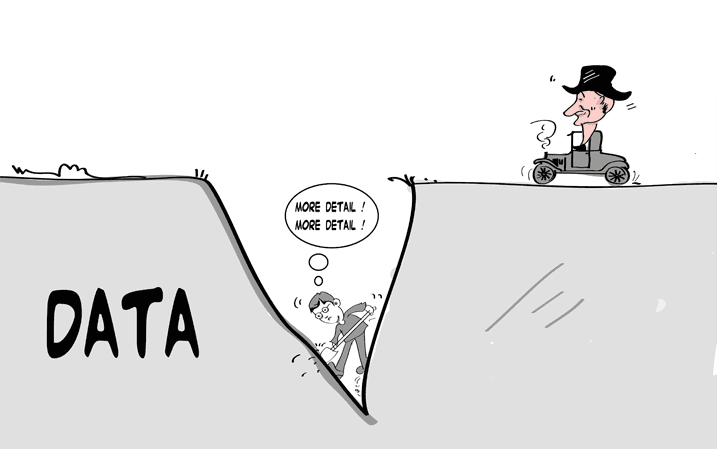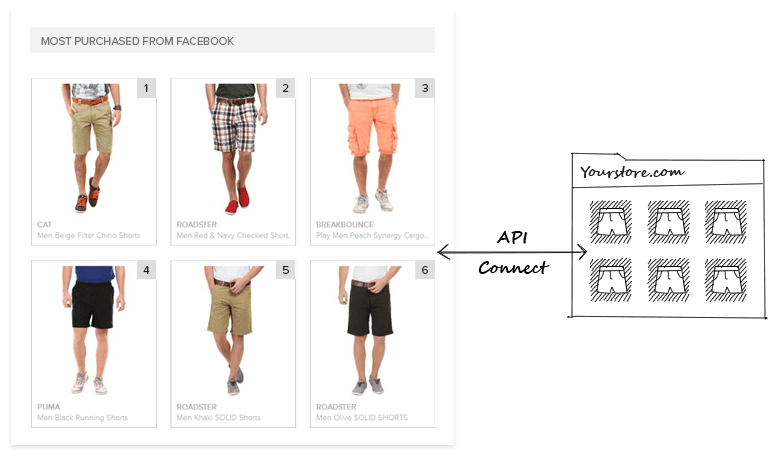
eCommerce Analytics: Why you need it?
MINEWHAT INC
|
Apr 7, 2014
|
ANALYTICS, ECOMMERCE

Analytics, arguably began when American industrialist Frederick Winslow Taylor attempted to improve efficiency by running some time management analysis. Later Henry Ford, began collecting data to study and measure the pacing of the Model T assembly line. Since those days analytics has come a long long way. But there’s a steady trend one can map over the years: a quest for more detail, low level data if you will.
Each major shake up of the industry brings about a whole new crop of startups that promise metrics in more and more exhaustive detail. When Google acquired Urchin and released Google Analytics, the idea that one could find out which webpages users viewed and so on must have been every marketers idea of heaven. Since then, the quest for more low level data has been relentless. Every once in a while a new crop of startups pop up, offering detailed insights that Google Analytics doesn’t offer yet. We now have more than pageview based metrics, we have event analysis, user analysis and even in-page tracking of mouse movements. And all the firms involved are constantly blurring the lines between each of these.
Now where does the online retail business fit into all this? In addition to the increase in detail there’s been something else that’s quite noticeable in the industry: Verticalization. One rather recent and prominent example of this is the numerous unstructured data/text analysis tools for social media analysis. eCommerce analytics in itself is also fairly new (we count ourselves as among the first startups to get here, but i digress, that’s another story 🙂 ) here are some of our thoughts on the topic.
Why eCommerce Analytics?
Why indeed? Should all online stores just install GA, or some other web analytics tool and be done with it. Well of course not, most of these clickstream analytics tools are very good at giving a bird’s eye view of the proceedings.
Say I run an online store and I have to make a decision on how to spread my marketing budget across a few ad platforms(FB, Google, twitter). What web analytics will give me is, how much revenue each of these generate. While i can make a decision based on that alone, the decision would be quite uninformed because I don’t know the “why” of it all – did the facebook shoppers see something that didn’t appeal to their casual intentions?. I also don’t know what i need to do next – Which products should I display to FB shoppers?. Find the “why” behind your marketing data.
Another common approach among eCommerce analytics companies is to focus on the shopper itself. This works really well for marketing personalization. You could identify the highest paying shoppers (whales) on your store and understand their preferences to ensure they always come back. The problem with this is that it isn’t very scalable and the ROI will not justify the effort. Once you start getting a lot of traffic to your store, it’ll quickly become impossible to take care of each one individually. The way out of this is to track shoppers as cohorts or segments showing similar behaviour instead. For example “Shoppers who have an average order value of over $250”.
More metrics but at what cost
All this in-depth analysis is perfectly fine, but a rather worrying trend is that most tools achieve this by giving a very low level framework, which can be then customised by writing custom code. What this does is that it puts analytics almost completely in the hands of tech savvy analysts and IT folk. One thing that we’ve worked on constantly at MineWhat is that this doesn’t happen. An user can create a custom report tracking pretty much anything without having to write any code.
Truly actionable
How far can a business intelligence tool go to convert insights into decisions? Typically the most that can be done is to give the user as much information as possible and then hope that it leads to some action. One way out of this is to take that last step and automate the actions themselves. Say for example if a product analytics tool that has picked out the right products for a landing page banner, can then give out the SKU ids via an API you can update the banner ad directly.

Do you folks think that an analytics tool can take over the decision making in this regard? Will it require human supervision or not? let us know in the comment section below.
I’ll leave you with this quote by the great Sir Arthur Conan Doyle – Data! Data! Data! I can’t make bricks without clay.


